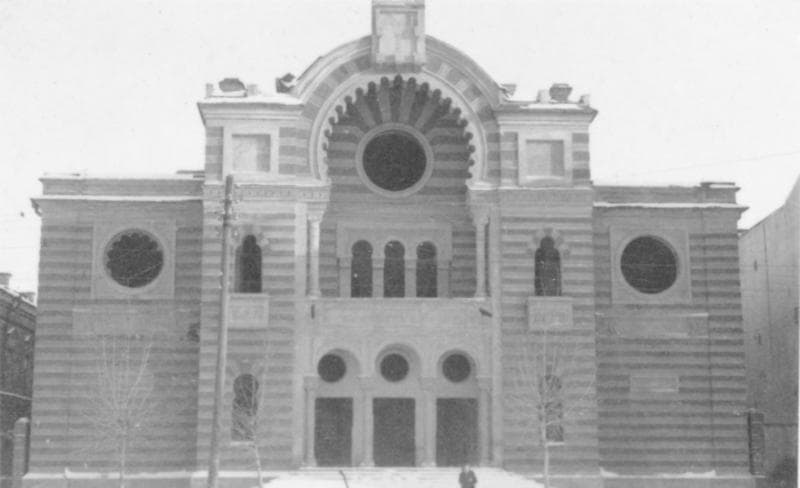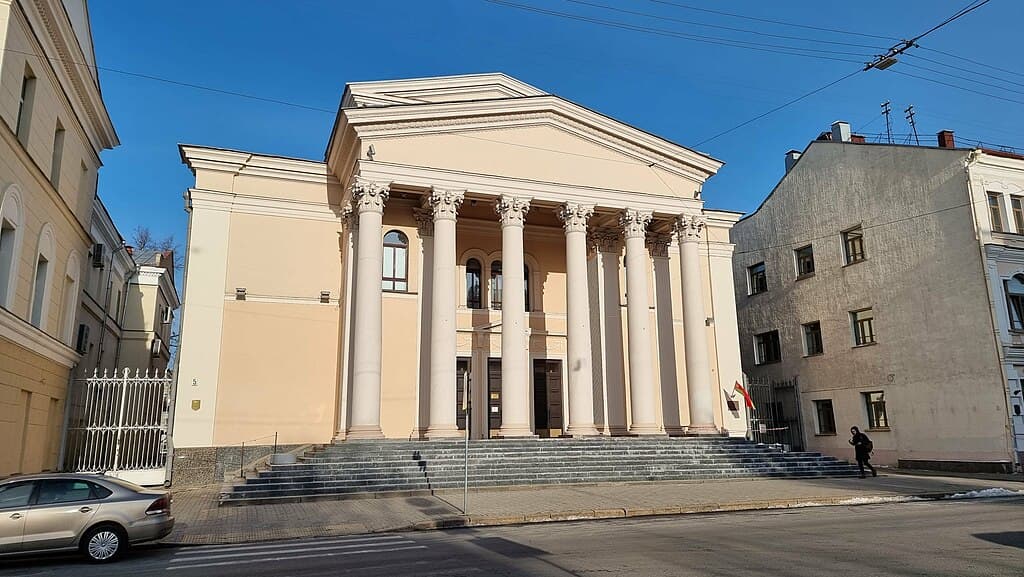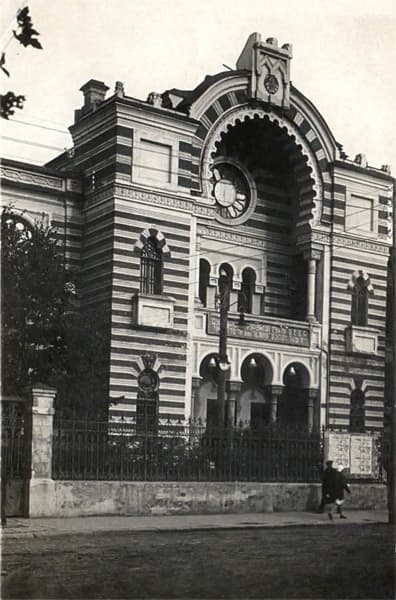Minsk. Maxim Gorky Theatre.
Landmark
Belarus, Minsk region, Minsk, Volodarsky St., 5.
Description
In Minsk on Volodarsky Street there is a building of the Maxim Gorky National Academic Drama Theatre, which is also known as the Russian Theatre.
The building was erected in 1906 in the Moorish style, and the main Choral Synagogue worked here.
After the revolution, the synagogue was transferred to the State Jewish Theater of the BSSR. Later, the House of Culture of the secretariat of the Central Election Commission named after M. Frunze worked here, and later transferred to 'Belgoskino'. The speakers in the building were L. Utesov and V. Mayakovsky.
Russian Theater took over the building after the war. A fragment of the Moorish-style synagogue decor has been preserved on the right side wall.
Categories
Architectural monument
Historical
Comments
Reviews to the Place
1Алег Дзьячкоу
16.03.2025
Minsk. Maxim Gorky Theatre.
In Minsk, along Volodarsky Street, there is a building of the Maxim Gorky National Academic Drama Theater, or the Russian Theater.
This building was built during the Russian Empire in 1906 in the Moorish style, and the main Choral Synagogue of Minsk was located here. The temple was a three-nave basilica, and the funds for the construction were raised by the Jewish community of the city.
After the revolution, the building was nationalized. In 1923, the former synagogue was transferred to the State Jewish Theater of Soviet Belarus. Performances were staged here, social events and actions were held, congresses were held, lectures were given and films were shown.
A little later, the Cultural Center of the Central Election Commission named after Mikhail Frunze worked in the building. In the autumn of 1926, it was transferred to Belgoskino. Then there was the Kultura cinema. The acoustics in this hall were very good, and many famous poets and singers, including Leonid Utesov and Vladimir Mayakovsky, performed here during the tour.
After the Great Patriotic War, the building was rebuilt in the 1948-1950s. And then the Russian Theater began to work.
There is nothing left of the former decoration on the main facade. To see the ancient Moorish-style synagogue decor, you need to go to the side wall on the right, where a fragment of the old wall was recently discovered.




-1742155460526.jpg&w=3840&q=75)
